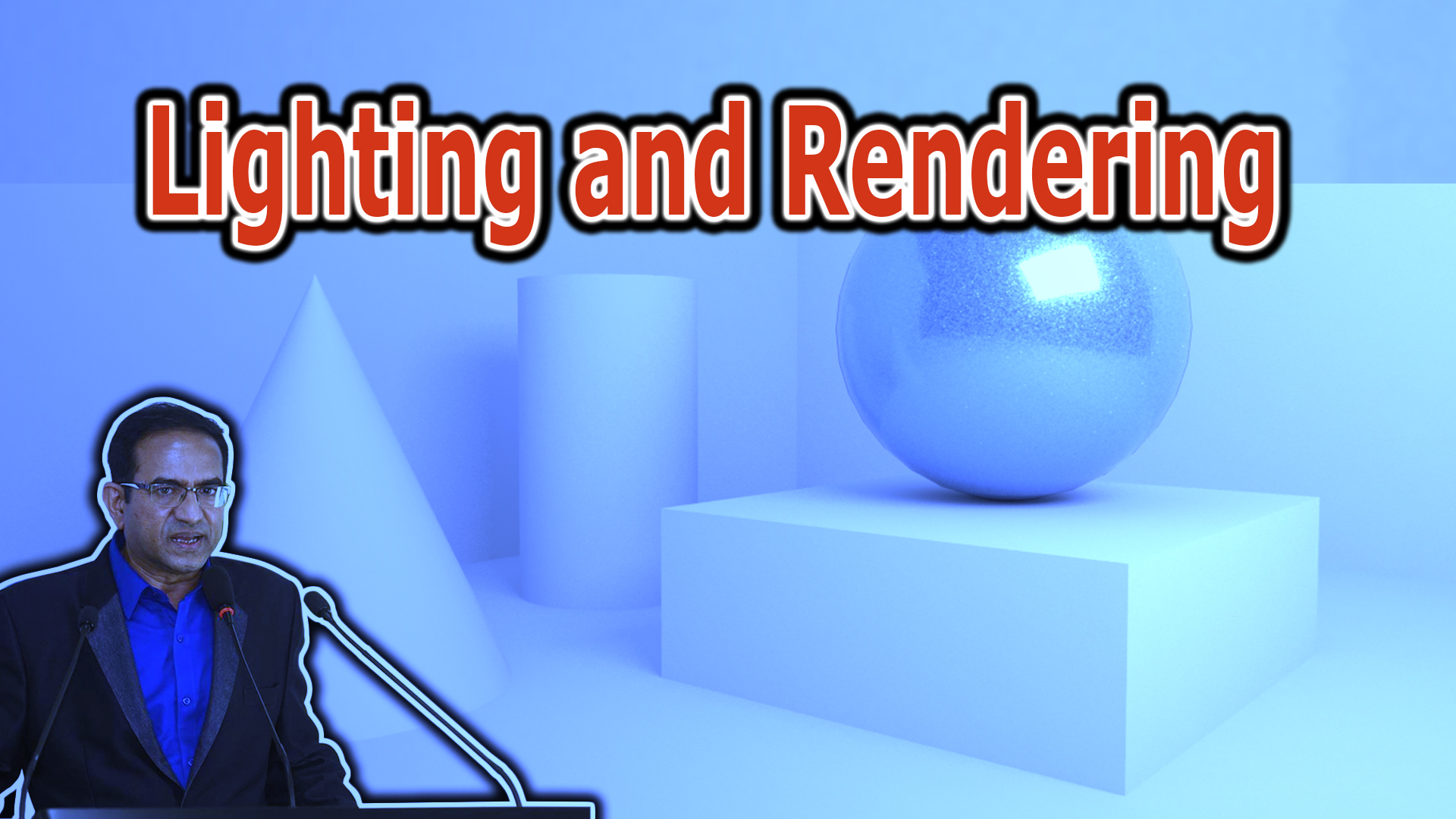Objectives:
-To
development of perceptual and descriptive skills through an introduction to a
variety of drawing media, techniques and subject matter
-To
become familiar with the basic methods, techniques & tools of drawing
-To
take part in a community of artists
-To
enjoy the challenging and nuanced process of drawing
-To
acquire a basic knowledge, theories, and concepts about art; build on
foundation art skills and develop a high level of craft; communicate ideas
and concepts through writing, speaking and art making; acquire a competency
with a variety of tools and media.
Course
Description/Contents:
Drawing Fundamentals is an
introductory studio drawing course with emphasis on learning to see and
developing basic drawing skills using various media by employing fundamental
design and composition concepts. In addition to technical skills, an
exploration of creative thinking, problem solving, and critical analysis will
be studied. During the semester, students will explore different drawing
techniques and media. Students will be encouraged to develop an expression of
individual style. We will work from observation in order to translate
three-dimensional objects and space onto a two-dimensional surface.
Learning Outcomes:
- To acquire a thorough
understanding of the elements of art and the Principles of organization as
related to drawing.
- To demonstrate an
understanding of contour line, positive & negative Space, perspective,
sighting of angles and measurements of relationships in Drawing.
- To expand the student’s
visual arts vocabulary.
- To master basic skills and to
encourage experimentation with Techniques and materials, both traditional and
non-traditional.
- To explore creative
expression beyond preconceived boundaries.
- To understand the criteria
for aesthetic standards.
- Professionalism in both work
ethic and quality of projects.
Method of delivery and
Activities:
Lecture
/ power point presentation, student activities / group work (mandatory) / lab
work, presentation, practical work / assignment etc. Plus use of online
platforms of DIU
In
case of a theory + lab, classes will be conducted in the lab and emphasis
will be given on the lab work. In each class, maximum 20-30 minutes lecture /
power point presentation will give then lab work and practice by the
students, monitoring lab work. More skilled students may tutor others in the
group, etc.
9 Lessons
Updated: Jan 2022

